Origin and History of Lake Grapevine, 1919-1953, Part 5: A Community Prepares and Construction Begins
As seen in Part 4, construction of the Grapevine Dam and Reservoir was initially scheduled to begin by late November 1947. Before that could happen, Grapevine’s leaders clearly stated that they did not intend to let their town become “a haven for honky-tonk operators, shanty dwellers or big-city gamblers” once the project was completed. Word was already circulating around town that big-time gambling interests and nightclub operators were eager to set up shop near the lakeshore and take advantage of Grapevine’s Main Street intersecting principal Highways 121 and 114, as well as the city’s proximity to Dallas and Fort Worth. David E. Box, president of Grapevine’s First National Bank, assured the public that Dallas investors were welcome, but Grapevine wanted more of those who already had more than $5,000,000 dollars invested in estates and well-improved farm and ranches within ten miles of Grapevine. He asserted that the right kind of...


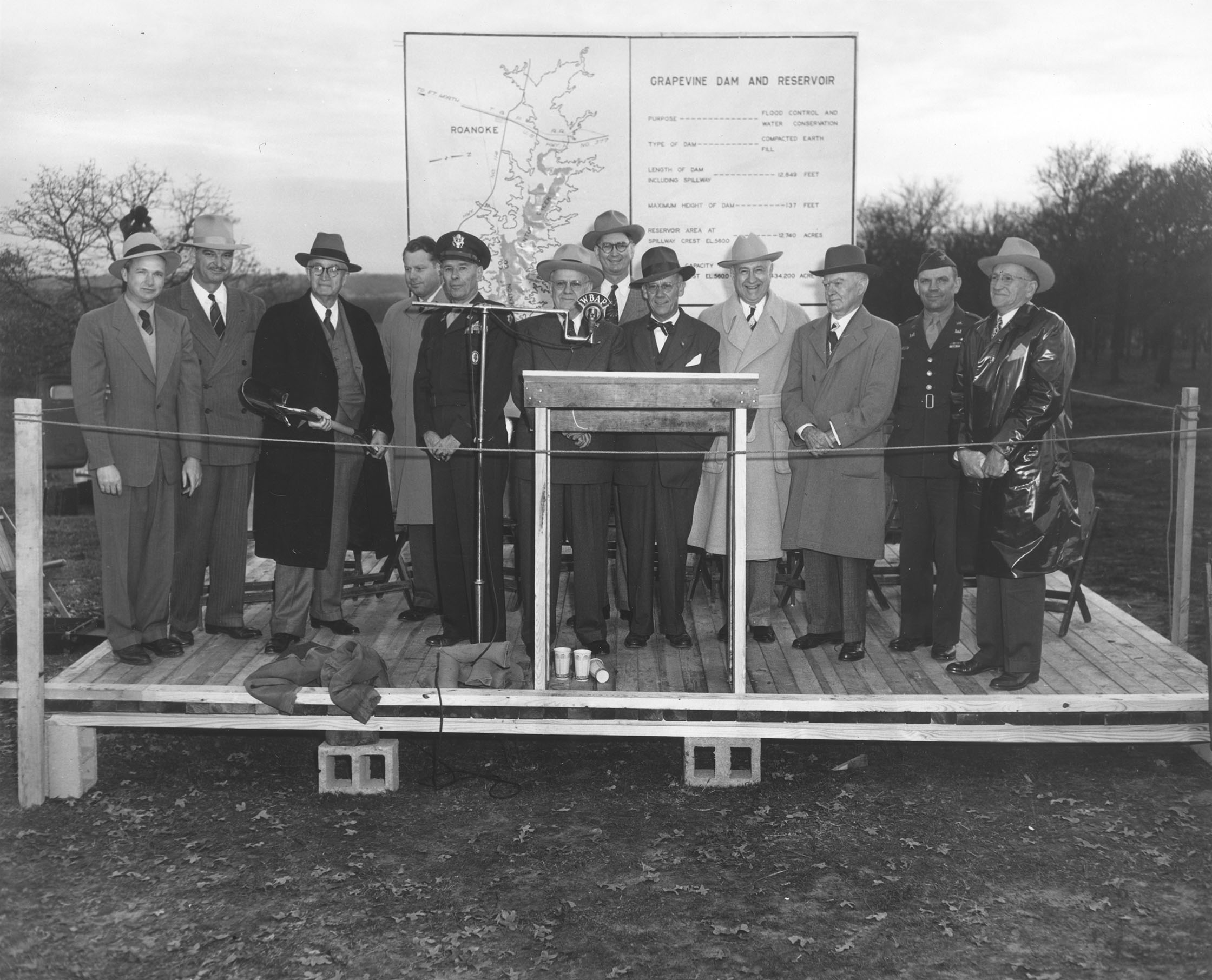
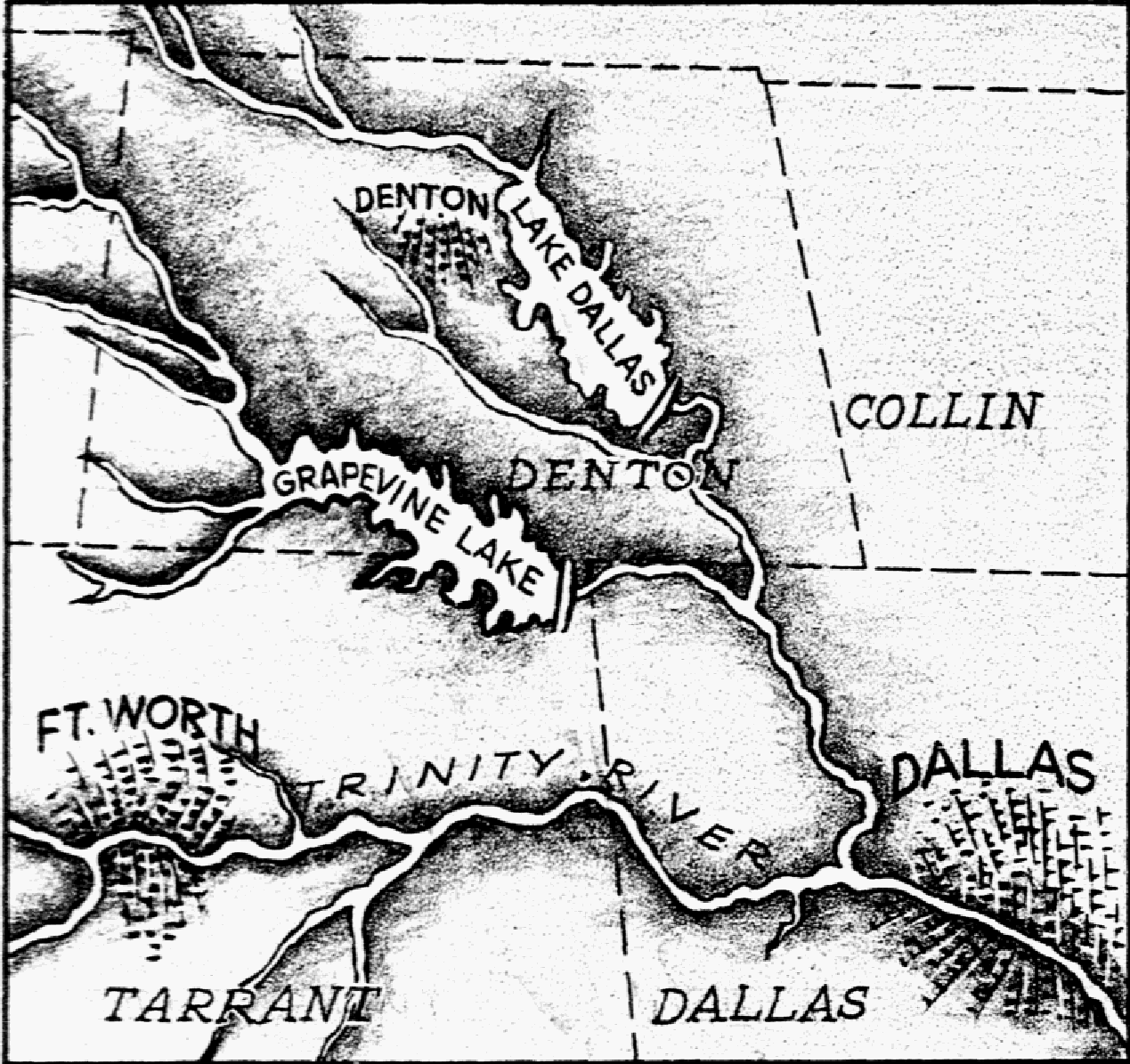

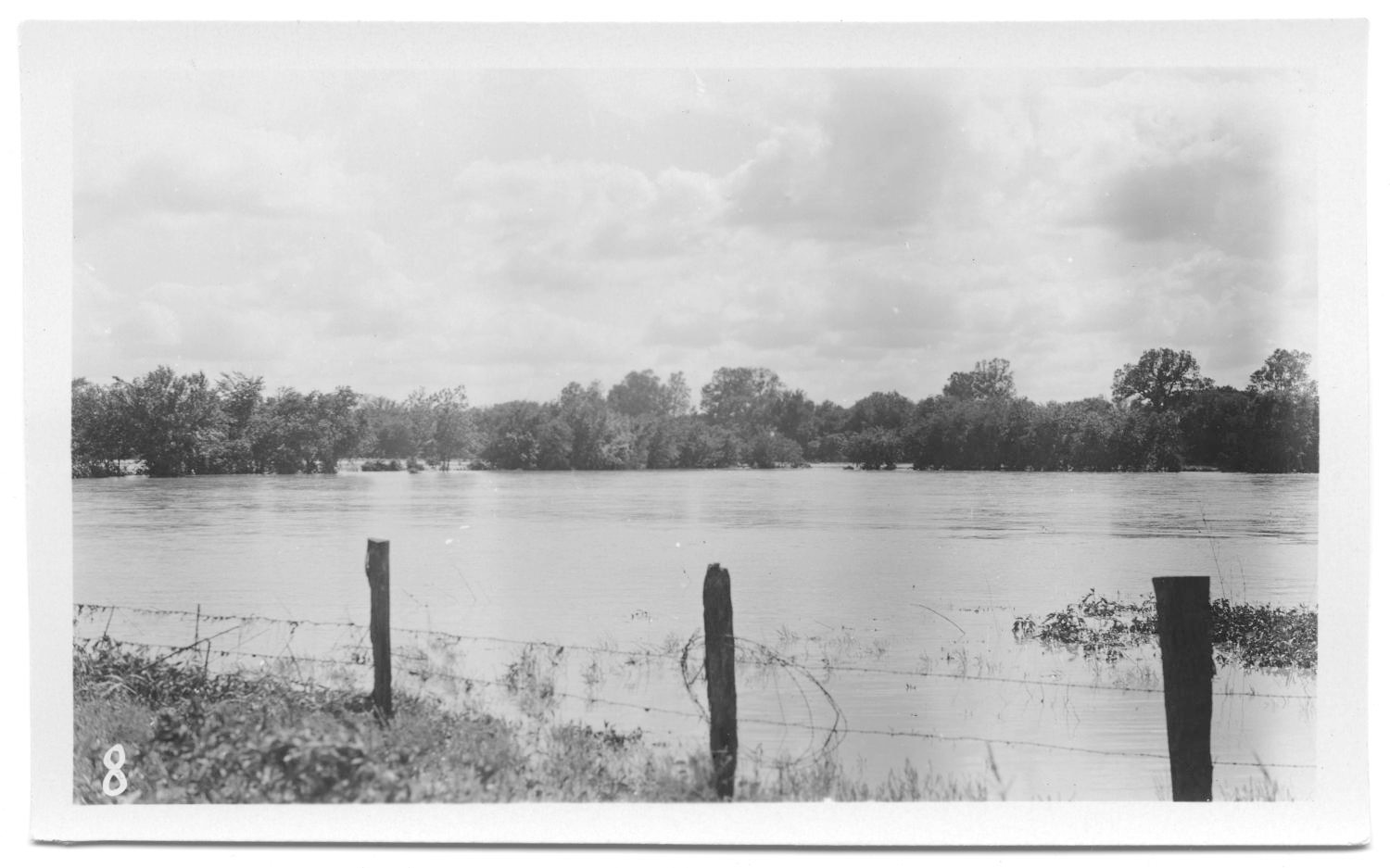
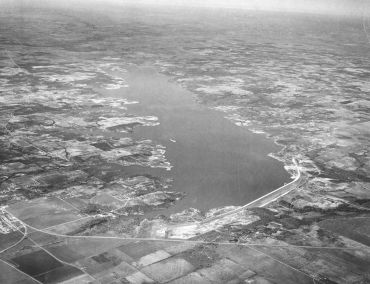


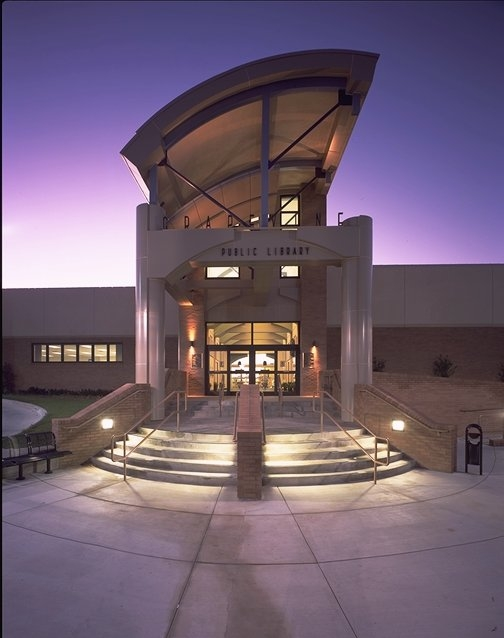

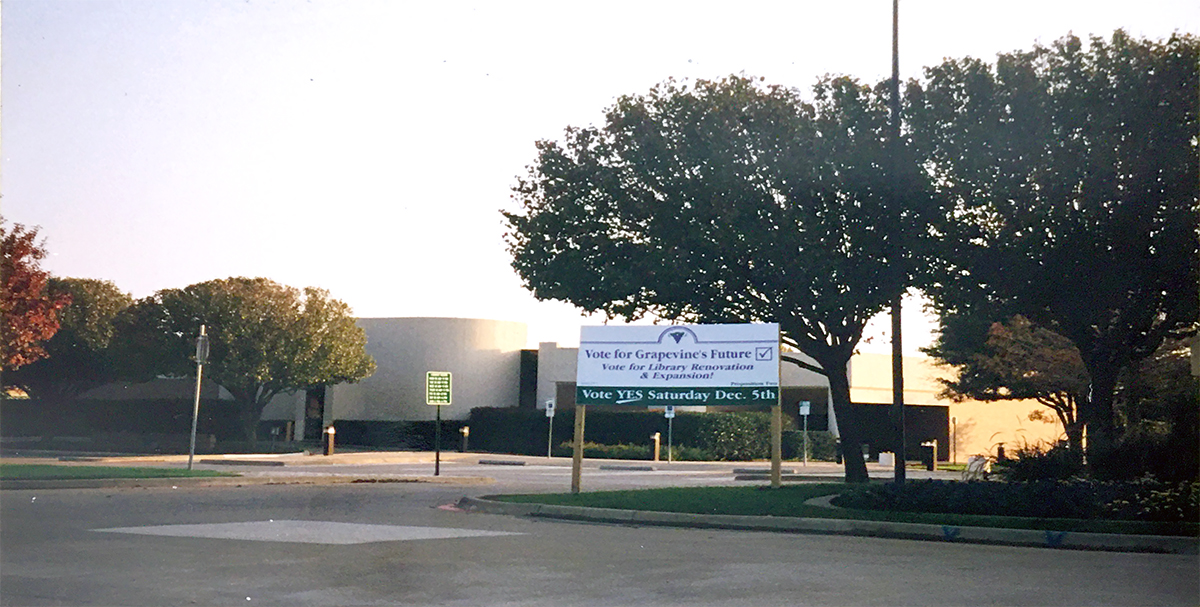
Recent Comments